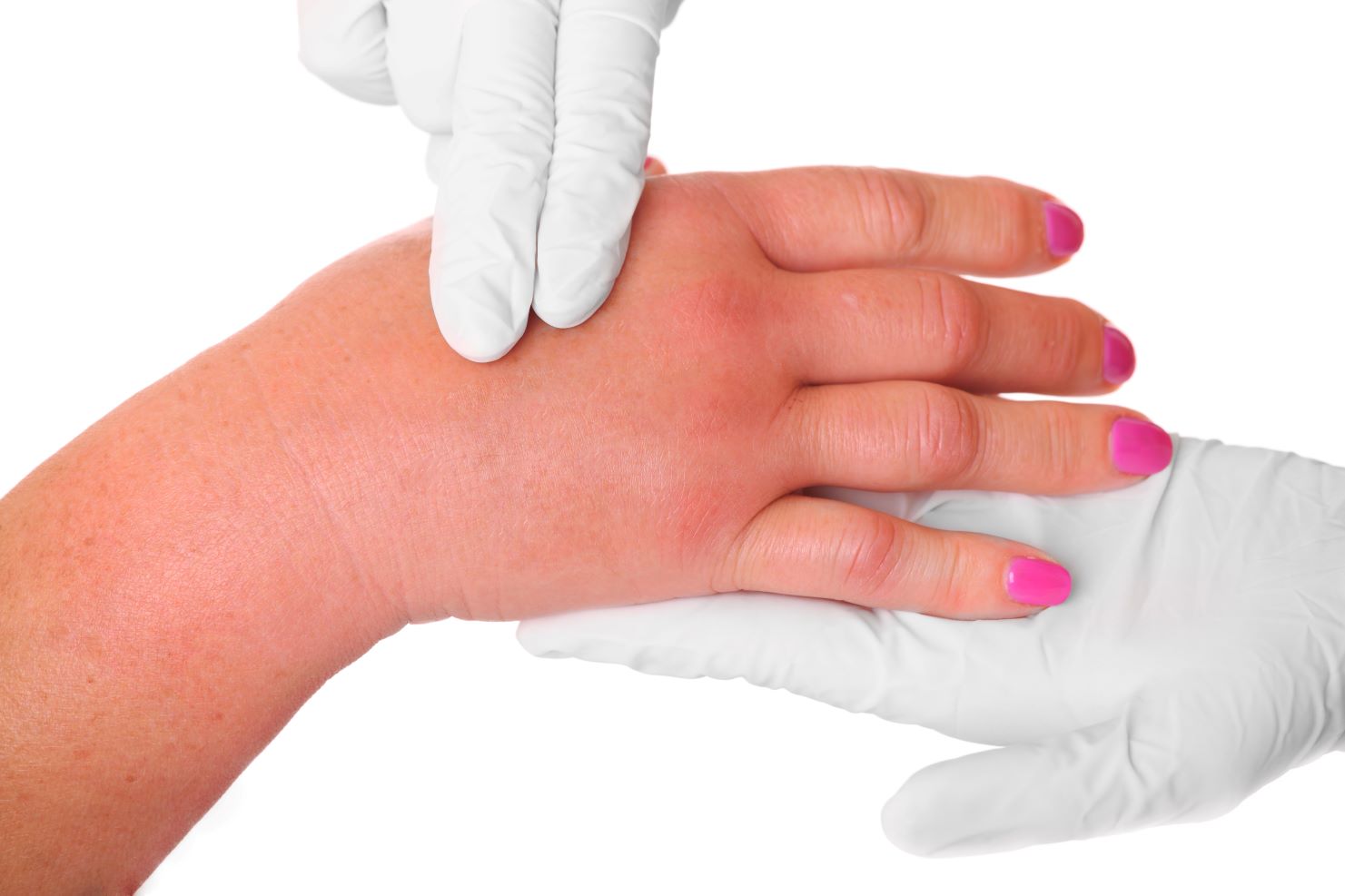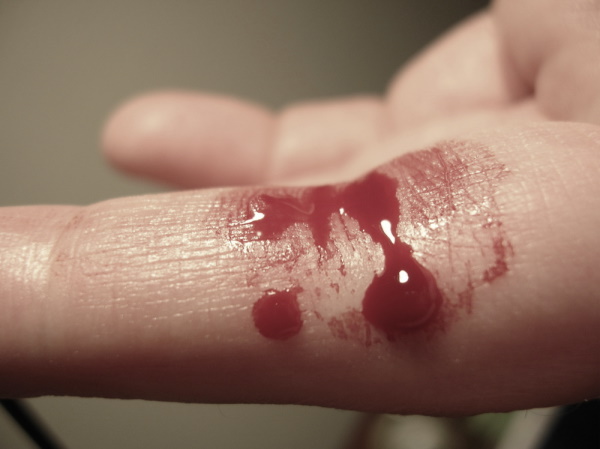Electric Shocks
Electric shocks may not be frequent in the workplace however they can still occur and if it does happen, it can be vital that someone has appropriate training to know what to do in case of any emergency caused by an electric shock. Between 2014 to 2016 in Australia, the Australian Institute of Health and Welfare reported that there had been 1065 hospitalisation cases resulting from an electric shock. And a further 2,425 had been admitted to a hospital from electric shocks. There were also 55 deaths involving electrical injury in the 2 year period. Having first aid training can be great to lower the severe effects of electrocution, save lives and most importantly, reduce the chances of people getting electrocuted both at the workplace and at home.
What can cause an electric shock?
Electric shocks are usually caused by live electricity. What does that mean? Live electricity that is actively travelling through a live wire or a live wire that is shorting out on a metal object. A manufacturing fault or error usually causes it. An electrical shock can be caused by user error too. The Australian Institute of Health and Welfare reported that the main cause of electric shock which caused hospitalisation was exposure to:
-Cords
-Switches
-Electric Current from Domestic Appliances (e.g. Fridges, Ovens, Microwaves, etc.)
-Electric Current from Machinery (e.g. workplace equipment)
This was followed by:
-Self Harm by electrocution accounted for 9 cases.
(Whilst this number seems small, it is important to note that self-harm is a serious issue that can result in death! If you know anyone or are struggling with ANY mental health issues, please read our FirstAidPro mental health blogs that can provide some great tips and resources, as well as raising awareness for mental health).
The most common causes of death from electric shock are:
-Lightening
-Self-harm
-Exposure to electric current.
There are also certain circumstances in which the severity of an electric shock can be increased or decreased, this depends on:
-How high the voltage is
-The length of time the person was electrocuted for
-Overall health of the person
-Electricity path through the body
-Type of current
-Alternating current (AC) is a lot more dangerous than Direct current (DC) as AC can cause more violent muscle spasms that makes it more difficult to drop the source of electricity)
What makes Humans vulnerable to electric shock?
The human body conducts electricity. If you get an electric shock, it is generally because you have added yourself to the flow of electricity. Since electricity flows through anything conductive and humans are conductive. Electricity can flow through you. If you are in contact with another conductive surface such as the earth you might complete the flow of electricity. This is similar to what happens when lightning strikes. As the lightning flows through it usually exits into another conductive material such as soil, water or other materials.
What are the effects of an electric shock?
Identifying the symptoms of an electric shock can be great in reducing the chances of death for someone who has had the unfortunate fate of an electric shock.
Some of the symptoms of an electric shock depending on how extreme the exposure to electricity include:
- Losing consciousness
- Heartbeat irregularities
- Vision impairment
- Muscle spasms
- Breathing difficulties
- Headaches
- Hearing impairment
- Body tingling or feeling numb
- Seizures
- Internal bleeding
- Burns-particularly where the electricity has entered and left the body
These are all super severe symptoms and can not all be adequately fixed with a first aid kit. It is essential to seek medical attention as soon as possible. Go to a GP or Hospital if you have ANY of these symptoms after an electrical shock.
How to provide medical attention to someone with an electric shock?
Firstly if the person is unconscious or unresponsive, call an ambulance immediately!
If the person is responsive but experiencing these symptoms:
-Loss of consciousness even for one second
-Their breathing patterns are either very fast or very slow
-Their heartbeat is very fast, very slow, or irregular
Also call an ambulance as these are severe effects of being electrocuted and will need to be treated as soon as possible.
While waiting for emergency services you can start helping the affected person by following this guide which can help decrease the effect of an electric shock.
- Do not touch the person unless you are 100% sure they are not still contacting any electrical source. If they are still in contact with the electrical source, do not touch the person!
- The live electricity which is electrocuting the person needs to be turned off to stop further damage! If necessary, turn off power at the mains, remove any fuses, turn off powerpoints, and unplug any cords nearby the person affected. If it is not possible to find, turn the power off at the source. Use rubber gloves or non-conductive material to move the person or the live wire away.
- If the victim is unconscious, check for a pulse. If they are not breathing, performing CPR or using a defibrillator can be life-saving.
- If there are any cuts or bruises, use a first aid kit to treat the victim’s wounds.
Having an electric safety plan!
Tips to reduce electric shock in the workplace or at home:
An electric shock can be caused by inconspicuous faults with electrical wires. If you are at home, it can be easy and straightforward to check your appliances. It is essential to check cables once every year.
*Before doing this, make sure the outlets are turned off and the appliance is unplugged*.
- Check wires and cables of appliances.
- If you are doing any wiring jobs, get a licensed electrician.
Whilst it might be expensive, there is never a cost which can recover a life! Having a professional electrician do it ensures everyone will be safe. - Buy safety boards with built-in safety switches
- Have safety switches installed by electricians
- Don’t pull on the cable. Pull-on the plug of an appliance. This increases the life of the cable and reduces any fraying
For workplace safety:
- Check with your employees to ensure all cables are checked and approved safe. Encourage them to conduct an electrical safety plan by analysing any possible injuries and reducing the risk!
- Suppose wires and cables have not been checked. Then promote the use of an electrician to check all cables and provide safety tags to ensure everyone will be as safe as possible using workplace equipment.
All these tips should help reduce the risk of electric shock in both the workplace and at home.
Do a First aid course!
Lastly, having a first aid experience can help save lives in any event, including electrical shock. Understanding symptoms and having the knowledge, experience and preparation to provide first aid can help minimise the risk of death and reduce the damage caused by specific injuries.
First Aid Pro is a nationally recognised training provider that can provide you with all the skills and knowledge you need to keep your kids and families safe. Book in for a First Aid course, too, to make sure you know how to respond!







